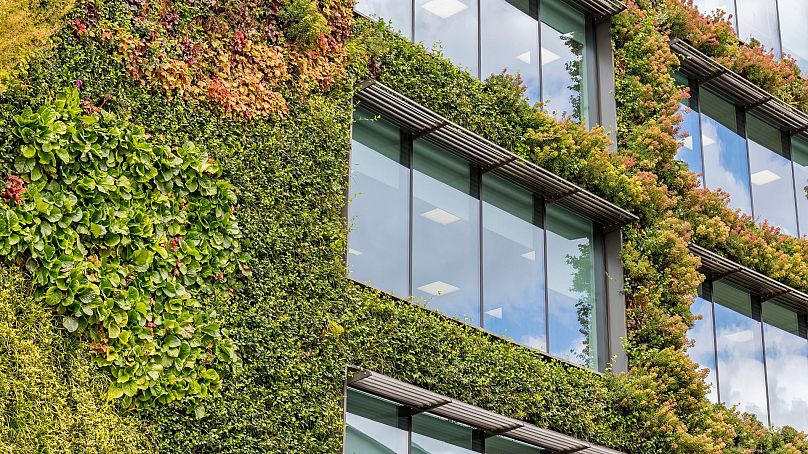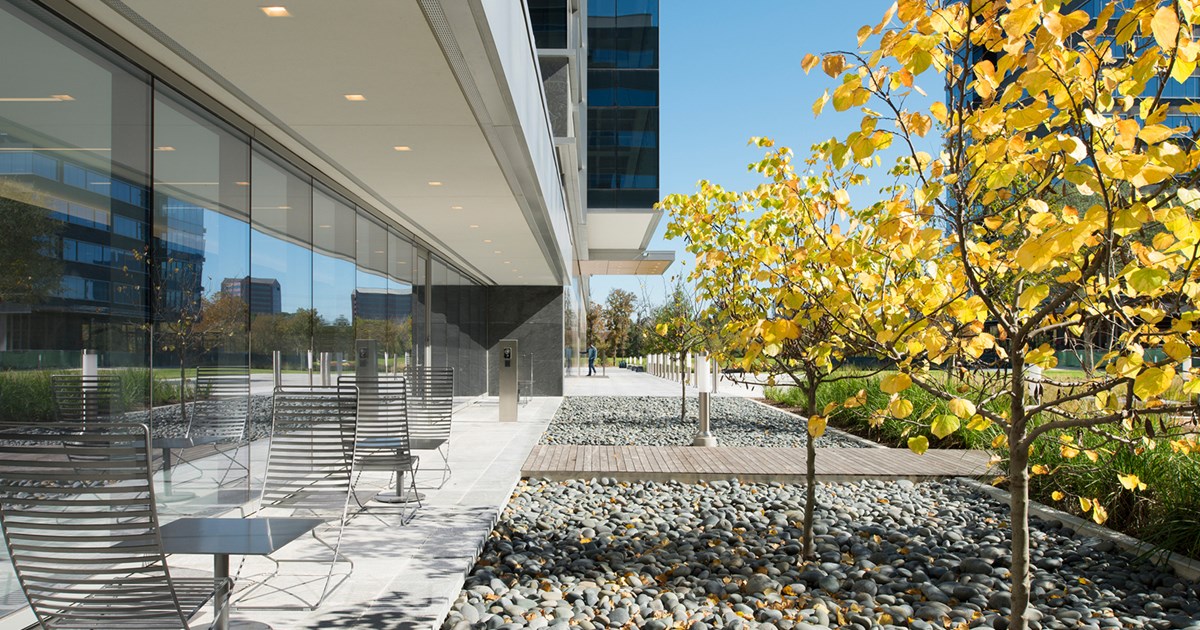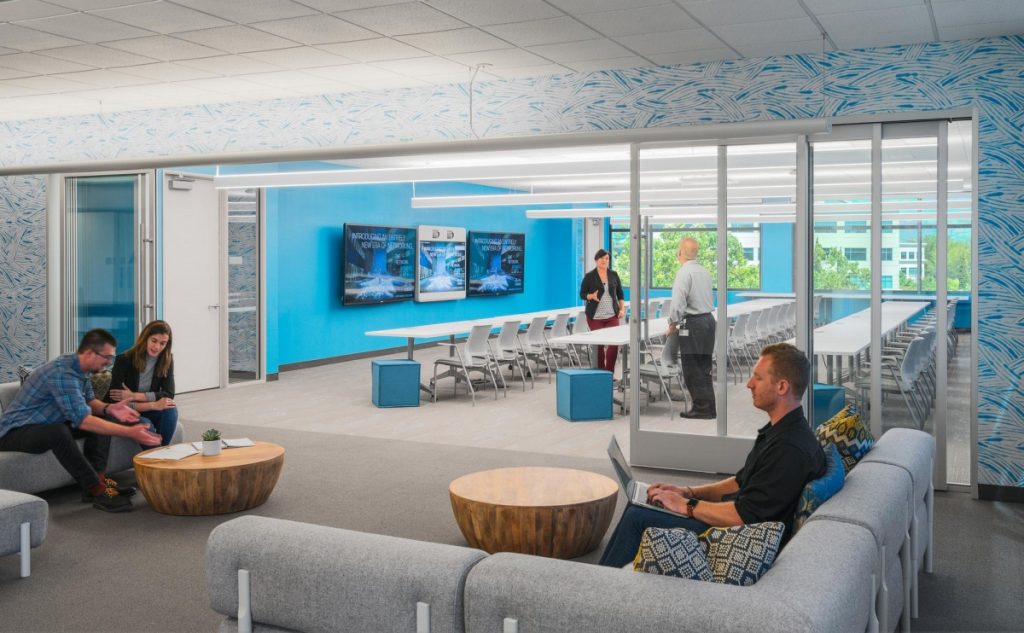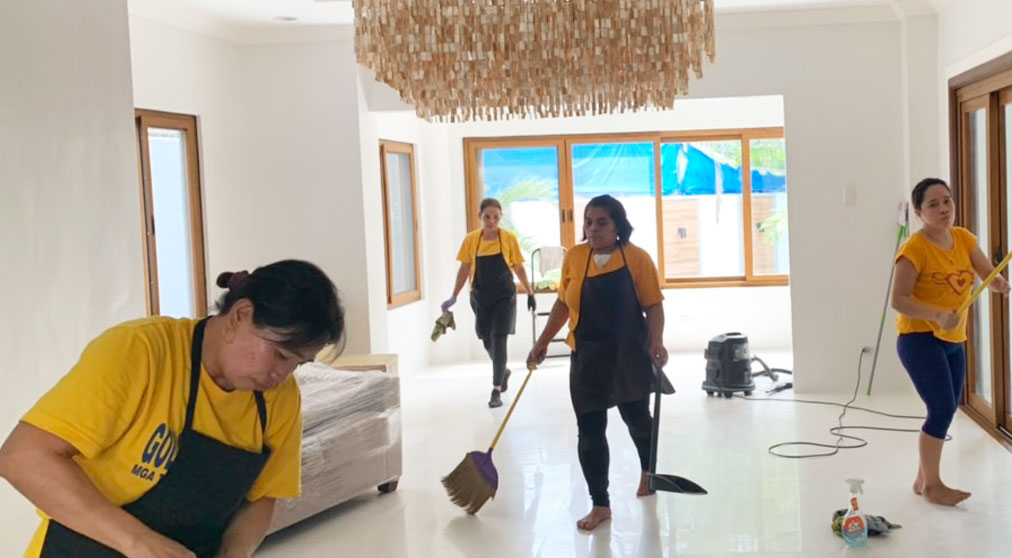When it comes to green building, understanding LEED certification best practices is critical for both homeowners and real estate developers. Adopting sustainable approaches not only helps in achieving environmental goals but also enhances property value and marketability.

Why LEED Certification Matters
LEED stands for Leadership in Energy and Environmental Design. It sets a benchmark for the design, construction, and operation of high-performance green buildings. By following LEED certification best practices, properties contribute less to landfill waste, reduce air pollution, and conserve natural resources.
Understanding the LEED Rating System
Levels of Certification
LEED offers different levels of certification: Certified, Silver, Gold, and Platinum. Points are awarded based on sustainable strategies that can be implemented in a project. The more points, the higher the level of certification.
Point Categories
Points in LEED are distributed across several categories, including sustainable sites, water efficiency, energy, materials and resources, and indoor environmental quality. By strategically planning and adhering to these categories, developers and homeowners can achieve their desired level of certification. More insights can be found on the USGBC website.
Site Development and Land Use
Proper site planning is crucial for meeting LEED standards. Select sites that minimize environmental impact, and take advantage of existing infrastructure to promote accessibility and mitigate land disturbance.
Water Efficiency Strategies
Smart Landscaping
Adopt xeriscaping techniques and utilize drought-resistant plants to reduce water consumption. This approach not only conserves water but also complies with LEED certification best practices.
Indoor Water Use
Utilize water-saving fixtures and appliances. Implement greywater recycling systems to further reduce water demands.
Energy and Atmosphere
Efficient Designs
Incorporate passive solar design and consider the buildings orientation to capitalize on natural light and heat. This reduces reliance on artificial heating and cooling while maintaining occupant comfort.
Renewable Energy
Utilize renewable energy sources such as solar or wind power. Installing photovoltaic panels is an excellent step towards energy independence and achieving a higher LEED score.
Materials and Resources
Recycled Materials
Choose materials with recycled content to meet the criteria for LEED certification. This practice plays a vital role in reducing the overall environmental impact.
Locally Sourced Materials
Procure materials from local sources to minimize transportation effects. This step is key in promoting regional commerce while adhering to LEED certification best practices.
Indoor Environmental Quality
Ventilation Systems
Install advanced ventilation systems to ensure adequate air quality for building occupants. Using materials with low volatile organic compounds (VOCs) will also enhance occupant health and comfort.
Natural Lighting
Maximize the use of natural daylight to improve worker productivity and well-being. Daylighting strategies are fundamental to sustainable building design.
Innovation in Design
LEED encourages innovation and the adoption of new, sustainable building solutions. Reward systems for creative and effective solutions keep the initiative dynamic and adaptive.
Regional Priority Points
Adapt the design to address regional environmental priorities that are unique to a projects location. Earning these points ensures the project meets and excels in area-specific requirements.
Resources for Real Estate Developers
For further guidance, developers can refer to resources on LEED strategies, common mistakes, and sustainable building tips.
Conclusion
Embracing LEED certification best practices enables both homeowners and real estate developers to lead the charge toward sustainable living. By building greener, we conservatively use resources, save money, and create healthier residential and commercial environments.

FAQ
What is the importance of LEED certification?
LEED certification is essential for reducing the environmental impact of building activities, improving energy efficiency, and enhancing property value.
How can LEED certification be achieved?
It can be achieved by earning points across various categories like energy efficiency, water savings, and materials selection, guided by best practices.
What is the role of homeowners in LEED certification?
Homeowners can play a role by implementing sustainable practices in their homes, selecting energy-efficient appliances, and considering eco-friendly renovations.
This article contains affiliate links. We may earn a commission at no extra cost to you.



